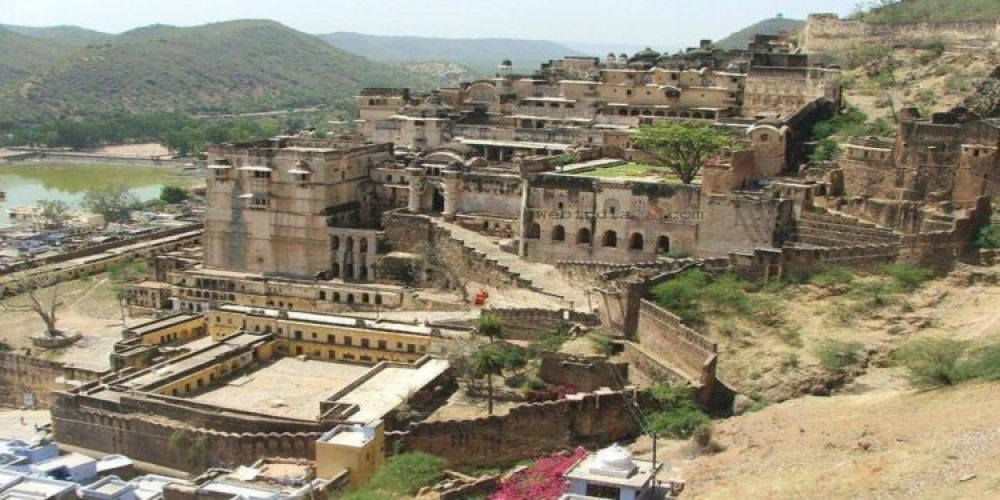

The Taragarh Fort of Ajmer is a prime historical fortress situated in the state of Rajasthan, India. It is perched upon the slopes of the Nagpahari Hill and presents a spectacular view of the Ajmer city. Built during the early 12th century by the Chauhan dynasty, the fort is a significant piece of Rajasthan's rich past and has served as a symbol of military strength of the rulers.
Tanagarh Fort's tourism history began to grow substantially as Ajmer became a famous stop for tourists visiting the nearby sacred town of Pushkar, and the Dargah Sharif of Moinuddin Chishti. The fort, famous for its grandiose architecture and the panoramic views of the city, started attracting those interested in the history of Rajputana and the Mughal era.
During the British Raj, Ajmer was an administrative hub, and the fort received attention from British officers and their families as a leisure spot. However, it was not until the post-independence era that the Indian Government began emphasizing the preservation and promotion of historical sites like Taragarh Fort for tourism.
The Government of Rajasthan, with the support of the Ministry of Tourism in India, has initiated various cultural and heritage projects to promote destinations like Taragarh Fort, incorporating it into larger tourist circuits. The introduction of the Incredible India campaign, along with state-driven initiatives, has resulted in restored interest and increased footfall at the site.
The latest trends in tourism at Taragarh Fort include guided heritage walks, nighttime tourism, and the celebration of local festivals within the fort. The Rajasthan government is continually working towards enhancing the visitor experience by improving infrastructure, such as access roads and visitor facilities, and by hosting cultural events.
Tourists visiting the Taragarh Fort can explore its legendary battlements, the Bhim Burj - the largest battlement containing a famous cannon, and labyrinthine passageways. Night tourism, which allows visitors to experience the fort's beauty under the stars, has added a mystical charm to the destination.
The site is now under the protection of the Archaeological Survey of India (ASI), which oversees its maintenance and restoration. Efforts to promote sustainable tourism practices are in place to ensure that the historical site remains unspoiled for future generations.
In conclusion, Taragarh Fort has emerged as a critical component of Rajasthan’s tourism portfolio. Its rich history coupled with modern tourism trends contributes to its enduring appeal, drawing in travelers from across the globe eager to witness the grandeur of Rajasthan's legacy.